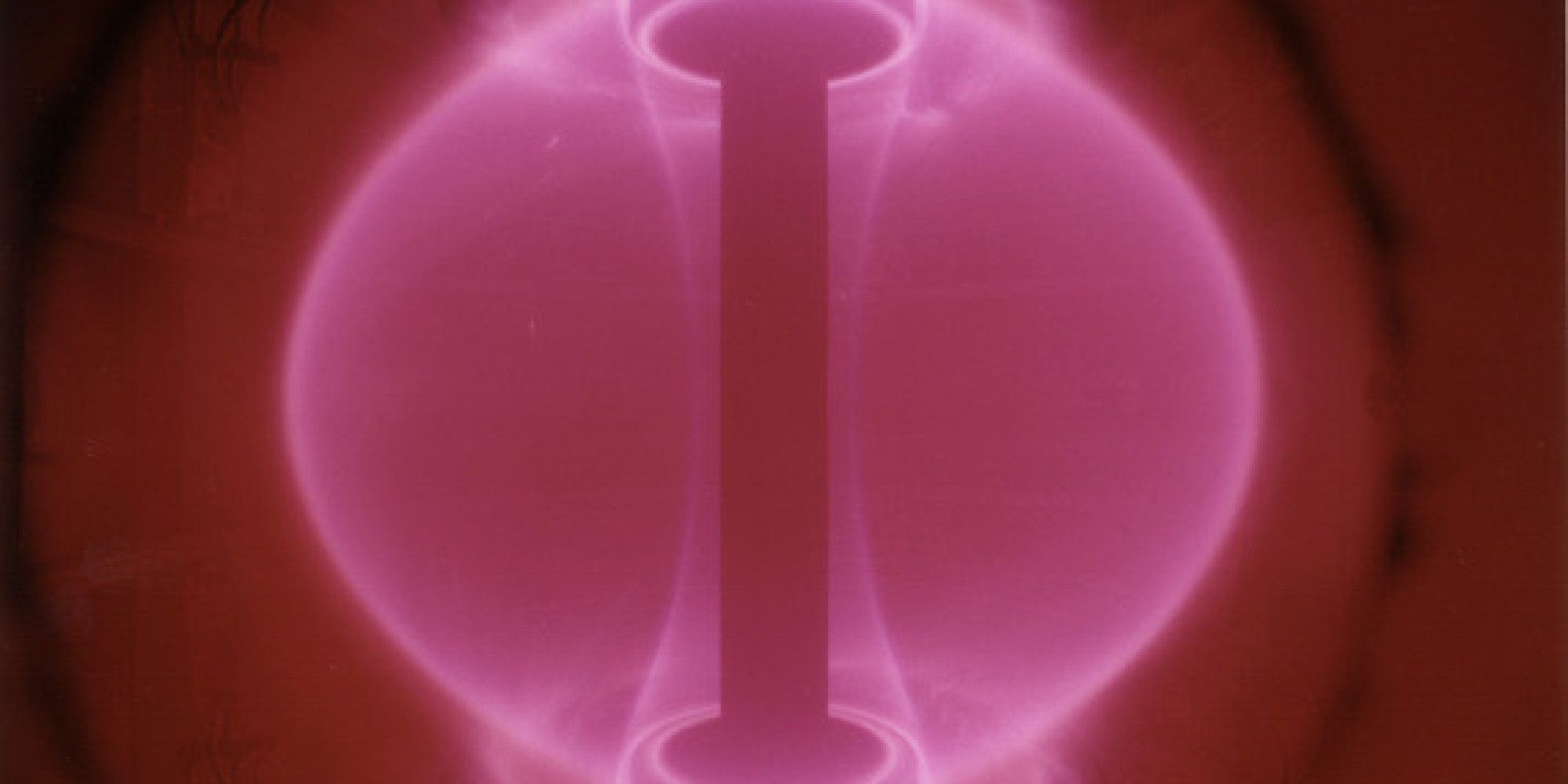Nov 22, 2016
Synopsis: Quantum Droplets Swell to a Macrodrop
Posted by Karen Hurst in categories: particle physics, quantum physics
Experiments with ultracold magnetic atoms reveal liquid-like quantum droplets that are 20 times larger than previously observed droplets.
Ultracold atoms can exhibit quantum behavior that mimics superfluids and superconductors. Tuning the atom-atom interactions can also reveal never-before-seen phases of matter. Following this approach, researchers working with magnetic atoms in a cigar-shaped trap have generated a single liquid-like macrodroplet, containing 20 times more atoms than in previously observed droplets. The experiment demonstrates that the stability of these droplets is due to quantum fluctuations.
When trapped atoms are cooled to near absolute zero, they form a Bose-Einstein condensate (BEC), in which their wave functions become coherent. The BEC is a macroscopic quantum object, but some of its quantum behaviors (such as quantum fluctuations) are difficult to observe because their effects are small compared to the mean-field interaction energy in this dilute system. For this reason, researchers are eager to reach parameter regimes where quantum fluctuations reveal themselves.



















